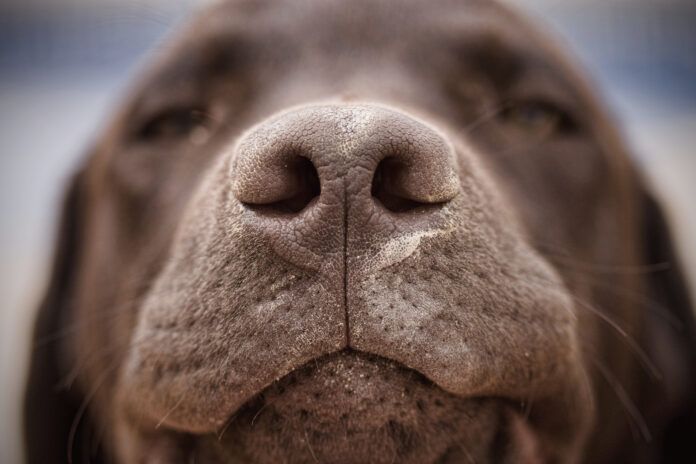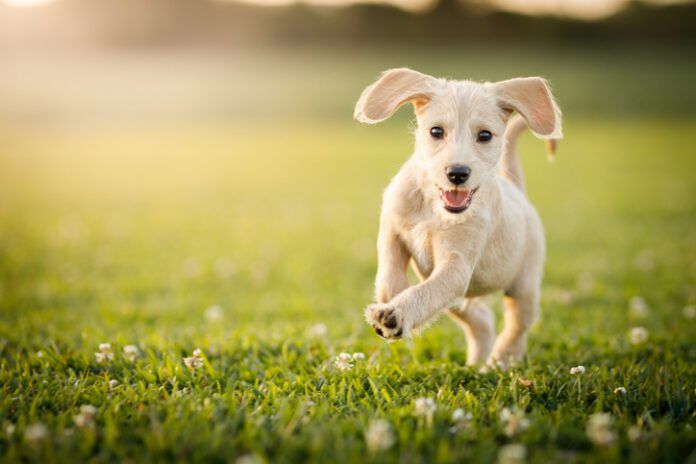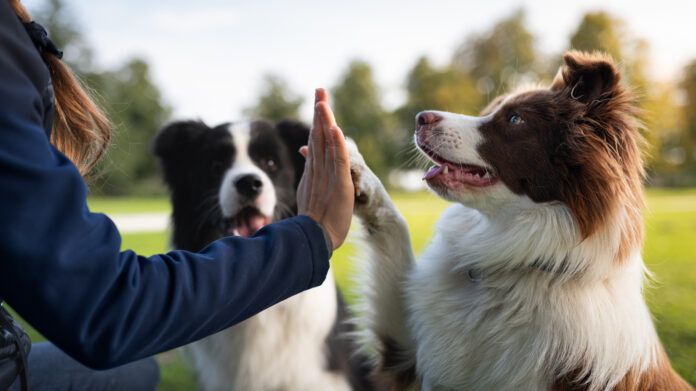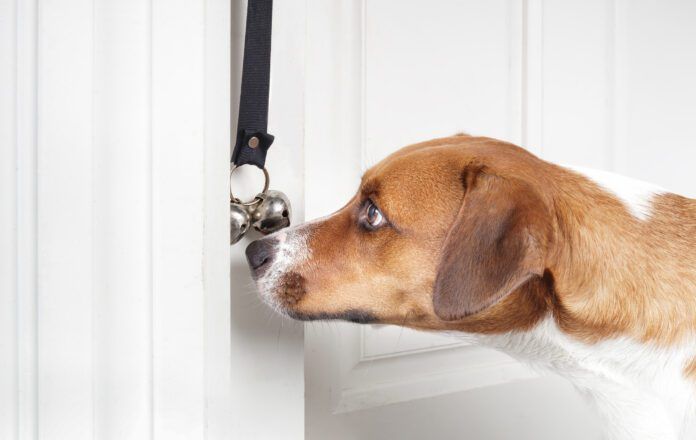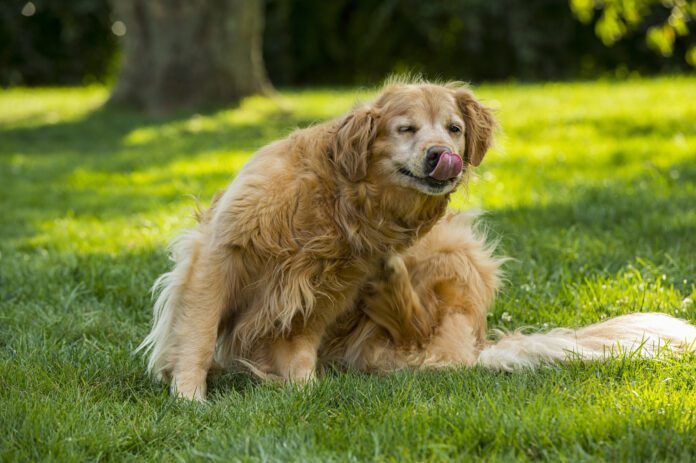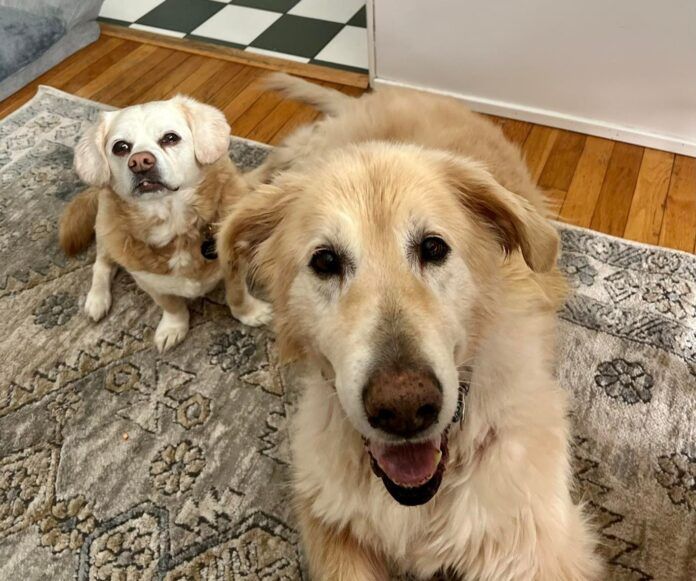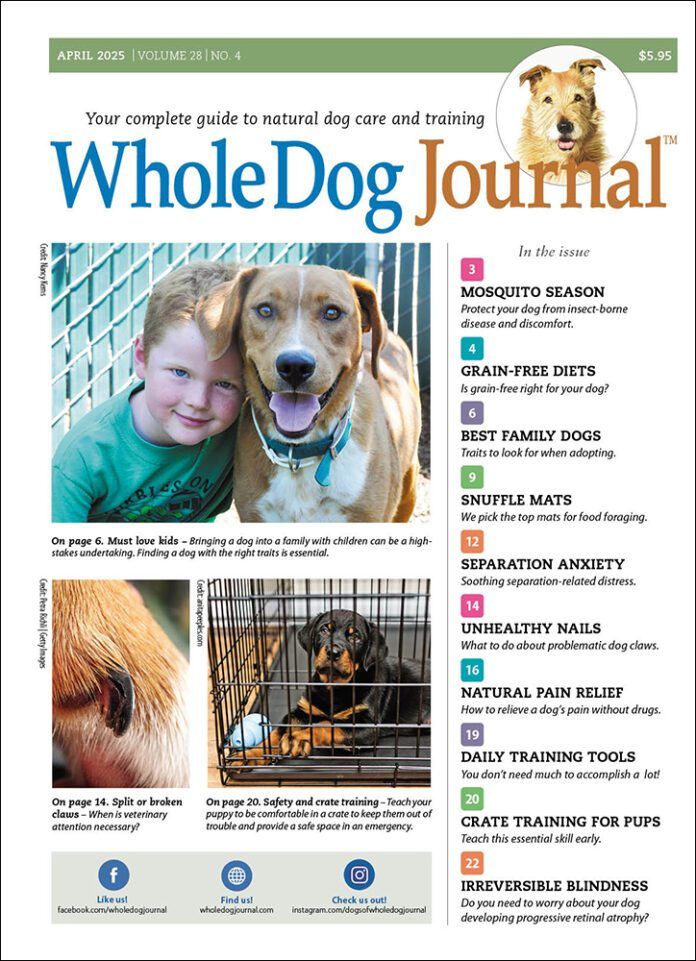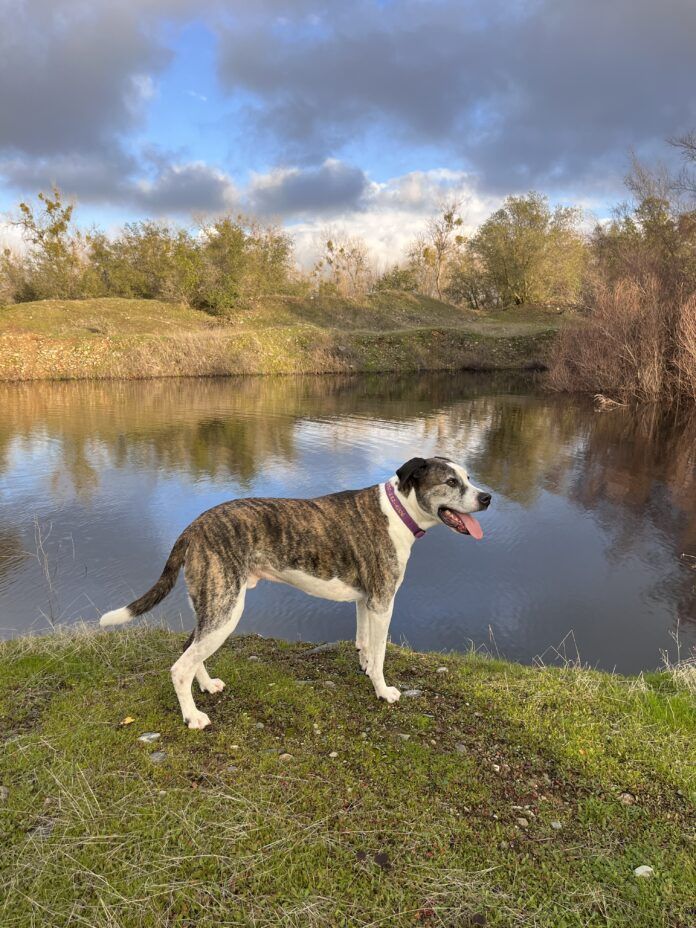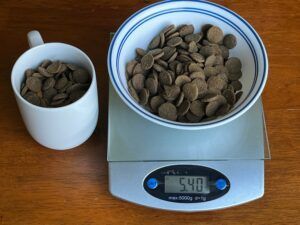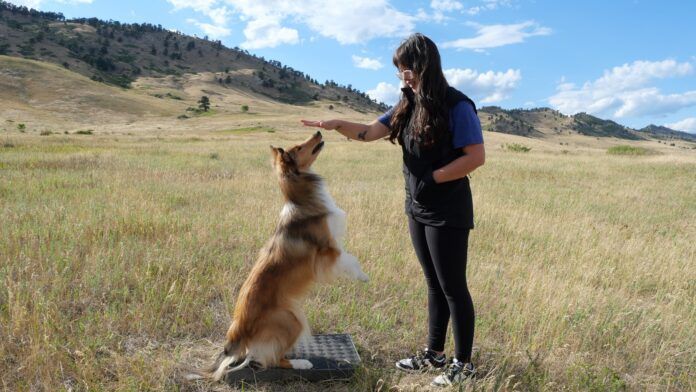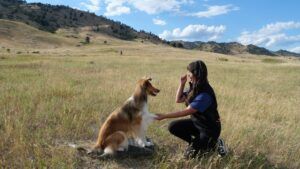Nasal mites in dogs are tiny mites that like to make their home inside canine nasal passages. These mites are highly contagious and difficult to identify but can be treated with a variety of standard antiparasitic medications.
What Are Nasal Mites in Dogs?
As far as dog mites go, nasal mites are one of the stranger characters. Formally known as Pneumonyssoides caninum or Pneumonyssus caninum, these mites spend their entire lives in the nasal passages and paranasal sinuses of dogs. They feed on keratin from the epidermis and live for about three weeks.
The mites are extremely small—only about a millimeter long—and can’t be seen with the naked eye.
Canine nasal mite infections have been found in dogs worldwide. They are usually transmitted by direct contact between dogs when an infected dog and an uninfected dog sniff each other. Indirect transmission may also be possible, as the mites have been found on other parasites such as fleas, lice, and flies which could potentially transport them from one host to another. They can survive in the environment for a couple of weeks.
Any dog can get nasal mites. Some studies have suggested that adult dogs over three years of age and large-breed dogs (with their larger noses!) may be at higher risk. The primary risk factor for contracting nasal mites is being around a lot of other dogs, as this increases the chances of coming across an infected dog.
The good news is that nasal mites in dogs will not spread to humans.
Does My Dog Have Nasal Mites?
Symptoms of a dog nasal mite infection include:
- Sneezing
- Runny nose
- Nosebleeds
- Head shaking
- Rubbing the face
- Reverse sneezing
- Noisy breathing
- Difficulty breathing
- Trouble smelling
The symptoms of a nasal mite infection are not specific. This means that they can be caused by a variety of health problems. If your dog is showing any of these symptoms, he might truly have nasal mites, but he could also have something stuck in his nose, an upper respiratory infection, dental disease, an oronasal fistula (draining tract between the nasal passages and the mouth or throat), or even nasal cancer. Because of these wildly different possible causes, it is important to schedule a veterinary appointment to figure out the root of your dog’s symptoms.
Finding Nasal Mites in Dogs
Your veterinarian will start with basic bloodwork to check for signs of inflammation, infection, and a variety of common diseases. If your dog is experiencing nosebleeds, she may also run tests to check for bleeding and clotting disorders.
A nasal swab might show mites when your vet looks at it under a microscope, but it is often difficult to capture them. Using an external heat source may draw the mites out enough to be caught on a swab or seen with a magnifying glass. Swabs are usually more useful to send out a culture to check for common respiratory viruses and bacterial infections.
A CT scan is the best way to view the structure of the nasal passages and sinuses, checking for damage, foreign objects that were inhaled, and tumors. Regular x-rays may be helpful in some cases but often don’t give adequate detail to determine the cause of your dog’s symptoms.
If your veterinarian suspects that your dog truly does have nasal mites, she will probably recommend either rhinoscopy or a nasal lavage. Both of these procedures are performed under anesthesia because they can be disconcerting and stressful for the dog.
A rhinoscopy is when a tiny, flexible camera is inserted into the nasal passages to have a look around. The rhinoscope will allow your vet to look at the condition of the nasal passages and to see actual mites living deep in the nasal cavity.
For a nasal lavage, your vet will flush the nasal passages with saline and then suck it out several times. This fluid is then checked for nasal mites or any other debris that may have been dislodged. It can also be sent out for culture to check for viral and bacterial causes.
How to Get Rid of Nasal Mites in Dogs
Thankfully, the prognosis for nasal mite infections is excellent, and many dogs make a full recovery.
Even if your vet is not able to find nasal mites, she will still start treatment if she suspects mites are the cause of your dog’s woes. Treatment has two prongs: killing the mites and relieving your dog’s symptoms.
There hasn’t been much research done on nasal mites in dogs at this point, so we don’t know the ideal treatment. Ivermectin and milbemycin oxime, both common anti-parasitic drugs used in dogs, are the most commonly used. Topical selamectin may work as well.
To relieve your dog’s symptoms, your vet may prescribe steroids to reduce inflammation and/or antihistamines to reduce itchiness. If your dog also has a bacterial infection in his nose, he will receive antibiotics too. Sedatives may be necessary if your dog is highly excitable and is having difficulty breathing when he gets worked up.
If your dog is not responding to treatment and his symptoms stay the same or get worse, he probably has an additional health problem as well as the nasal mites. This is common. Now is the time to go back and do diagnostic testing that you might have bypassed initially, or to repeat cultures for viral and bacterial infections.
Home Treatment for Nasal Mites
Do not try to treat nasal mites at home without getting a diagnosis. Many different infections and illnesses can cause the same symptoms as nasal mites, and giving the wrong medication can have dire consequences.
Preventing Nasal Mites in Dogs
Regular preventive medications used to keep your dog free of fleas, ticks, and mange mites may also prevent nasal mite infections. Giving your dog these products year-round and keeping your dog away from dogs with a known nasal mite infection are the best ways to protect your dog from this parasite.


